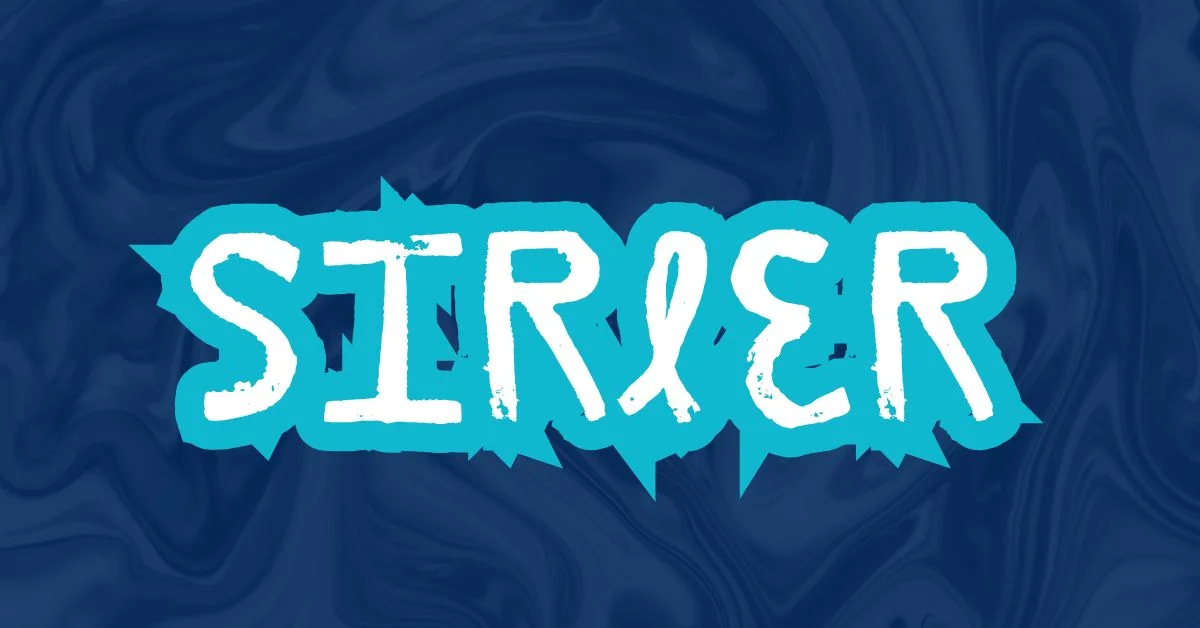Introduction to the Goads on NYT
Welcome to the charming universe of reporting where words hold enormous power – particularly with regards to The New York Times (NYT). Today, we dig into an entrancing part of information revealing that frequently slips through the cracks however assumes a huge part in forming stories: goads on NYT. Go along with us on this excursion as we reveal the set of experiences, controversies, and effect of goads on one of the most eminent papers around the world. How about we unwind the secrets behind the utilization of goads in reporting and investigate their implications on media morals and cultural perceptions.
The History of Goads on NYT
The New York Times (NYT) has a rich history of utilizing goads to enthrall perusers and flash discussions. Tracing all the way back to its initial days, the NYT has utilized attention-snatching titles and provocative language to attract crowds.
Goads were decisively integrated into NYT articles to inspire strong emotions, incite considerations, or challenge laid out standards. These unpretentious bumps pointed toward forming popular opinion and impacting talk on different issues.
Throughout the long term, the NYT has confronted both applause and analysis for its utilization of goads in news coverage. While some cheer the paper for its strong methodology, others question the morals behind sensationalizing reports for higher commitment.
In spite of controversies encompassing goads on NYT, there’s no denying their effect on forming media accounts and cultural perceptions. As innovation advances and crowd inclinations develop, it will be fascinating to perceive how goads continue to impact news coverage rehearses from here on out.
How Goads Are Used in Journalism
Goads are amazing assets in reporting, unobtrusively affecting perusers’ opinions and molding stories. Columnists decisively integrate goads into their composition to incite explicit emotions or reactions from the crowd. Whether it’s featuring a specific point of a story or underscoring specific subtleties, goads act as powerful gadgets that can influence public perception.
By ably meshing goads into their announcing, writers can control discussions towards specific perspectives or plans. This manipulation of information brings up issues about the moral limits of reporting and the responsibility of news sources to give fair and verifiable content. In spite of these concerns, goads stay pervasive in news inclusion, frequently used to make sensational titles that get attention and drive commitment.
In the present speedy computerized time, where misleading content articles rule online stages, the utilization of goads has become considerably more pronounced. The competition for readership urges columnists to utilize progressively provocative strategies to draw in viewership.
Controversies Surrounding Goads on NYT
The use of goads in journalism, particularly on a prominent platform like The New York Times, has sparked various controversies over the years. Critics argue that employing goads can manipulate readers’ emotions and perceptions, potentially leading to biased reporting. This raises concerns about the credibility and integrity of news organizations when using such tactics.
Moreover, some accept that sensationalizing titles with goads can divert from the real substance of the report, focusing on misleading content over educational content. This pattern has prompted questions about editorial morals and responsibility in conveying precise and fair information to the general population.
On the other hand, safeguards of goads contend that they are fundamental for catching crowd attention in a soaked media scene where competition for sees is furious.
The ongoing debates surrounding the use of goads on NYT highlight broader discussions within journalism about balancing attention-grabbing techniques with ethical reporting practices.
Impact of Goads on Media and Society
The impact of goads on media and society cannot be understated. Goads have the power to shape narratives, influence public opinion, and drive discussions on important issues. In journalism, goads are often used strategically to provoke thought, spark debates, or even manipulate emotions.
They can lead perusers down a specific way of understanding or deceive them in the event that not used morally.
In the present computerized age, where information is plentiful and attention ranges are short, the utilization of goads in news announcing has become more predominant than any other time. This pattern raises concerns about the dependability and believability of editorial content as well as its likely consequences for cultural perception and conduct.
While goads can be compelling apparatuses for catching crowd attention and producing commitment, their abuse can dissolve trust in media sources and contribute to polarization inside society. As columnists continue to explore the developing scene of information dissemination, it is pivotal for them to practice caution while utilizing goads in their narrating rehearses.
Analyzing Recent Headlines with Goads on NYT
Diving into the recent headlines on The New York Times adorned with goads, we uncover a complex web of information and persuasion.
These painstakingly created assertions plan to enrapture perusers’ attention and incite decisive reasoning. Each title fills in as a passage to the story underneath, tempting perusers to dive further into the main things in need of attention.
Dissecting these titles uncovers a mix of enlightening content and publication point of view. They go about as unobtrusive pokes directing perusers towards explicit interpretations or reactions.
In the present quick moving media scene, where attention ranges are passing and competition is savage, goads assume a urgent part in forming stories and driving commitment. As consumers of information, moving toward these titles with insight and decisive thinking is fundamental.
The power of language combined with strategic placement can sway opinions and influence public discourse significantly. Being aware of how goads are used in journalism allows us to navigate news consumption more thoughtfully and actively engage with diverse viewpoints presented by media outlets like The New York Times
Ethical Considerations for Using Goads in News Reporting
With regards to involving goads in news revealing, moral considerations assume a significant part. Writers should proceed cautiously while utilizing goads like provocative titles or sensationalized stories to catch perusers’ eye. While these strategies might drive commitment, they can likewise mutilate reality and delude general society.
It’s fundamental for media sources, including The New York Times, to focus on precision and straightforwardness over misleading content systems. Perusers depend on columnists to furnish them with authentic information that assists them with settling on informed choices.
Besides, sensationalizing stories for expanding traffic subverts the validity of news coverage overall. Columnists have an obligation to maintain moral principles and abstain from controlling emotions or twisting realities just to support viewership.
Finding some kind of harmony between drawing in narrating and moral announcing is key in keeping up with the trust of the crowd and maintaining editorial standards.
Conclusion: The Future of Goads on NYT and Journalism Ethics
As we push ahead into the consistently developing scene of reporting, the utilization of goads on NYT and other news stages will continue to be a subject of discussion. It is urgent for writers and news sources to maintain moral norms while utilizing these influential procedures to draw in perusers.
The eventual fate of goads on NYT and in news coverage all in all will probably include a more prominent accentuation on straightforwardness and responsibility. As society turns out to be more mindful of media manipulation strategies, it is fundamental for columnists to keep up with validity by being upfront about their utilization of goads in revealing.
By adjusting the requirement for charming titles with responsible news coverage rehearses, we can guarantee that the force of goads is saddled morally and successfully. The effect of goads on NYT and news-casting morals will rely on how well columnists explore this fragile equilibrium in an undeniably computerized age.



